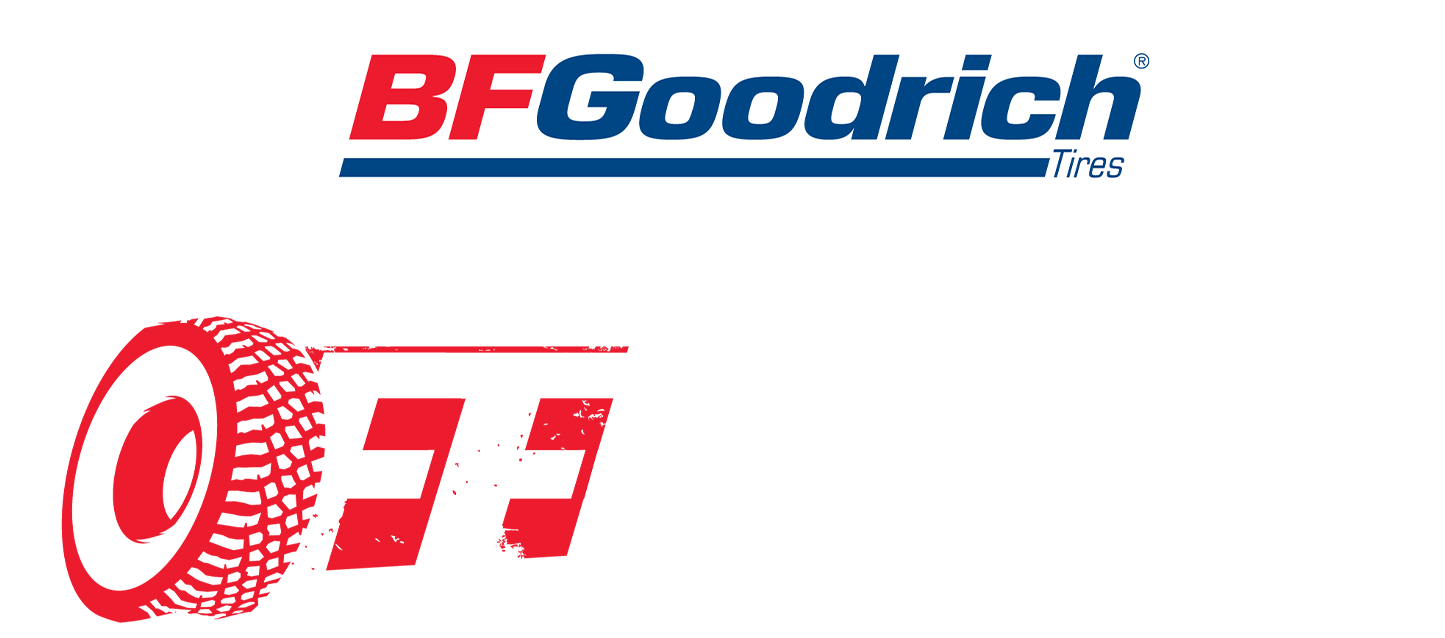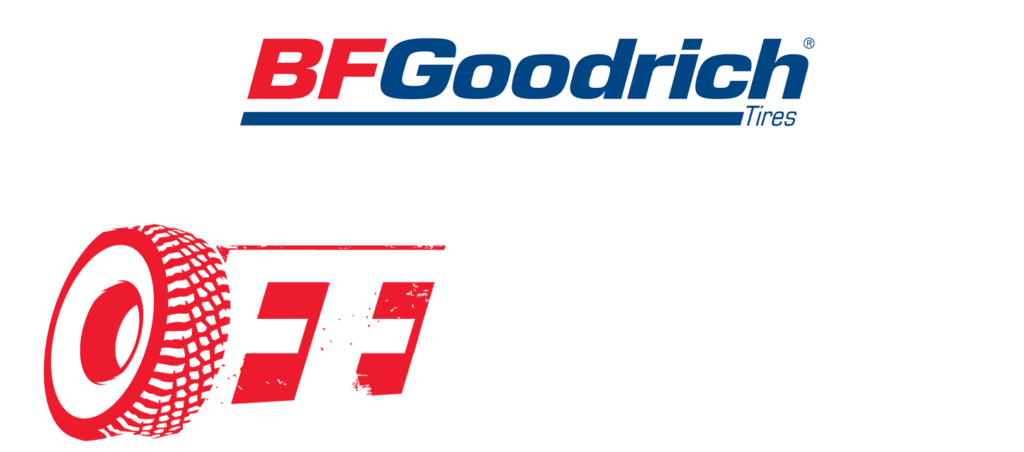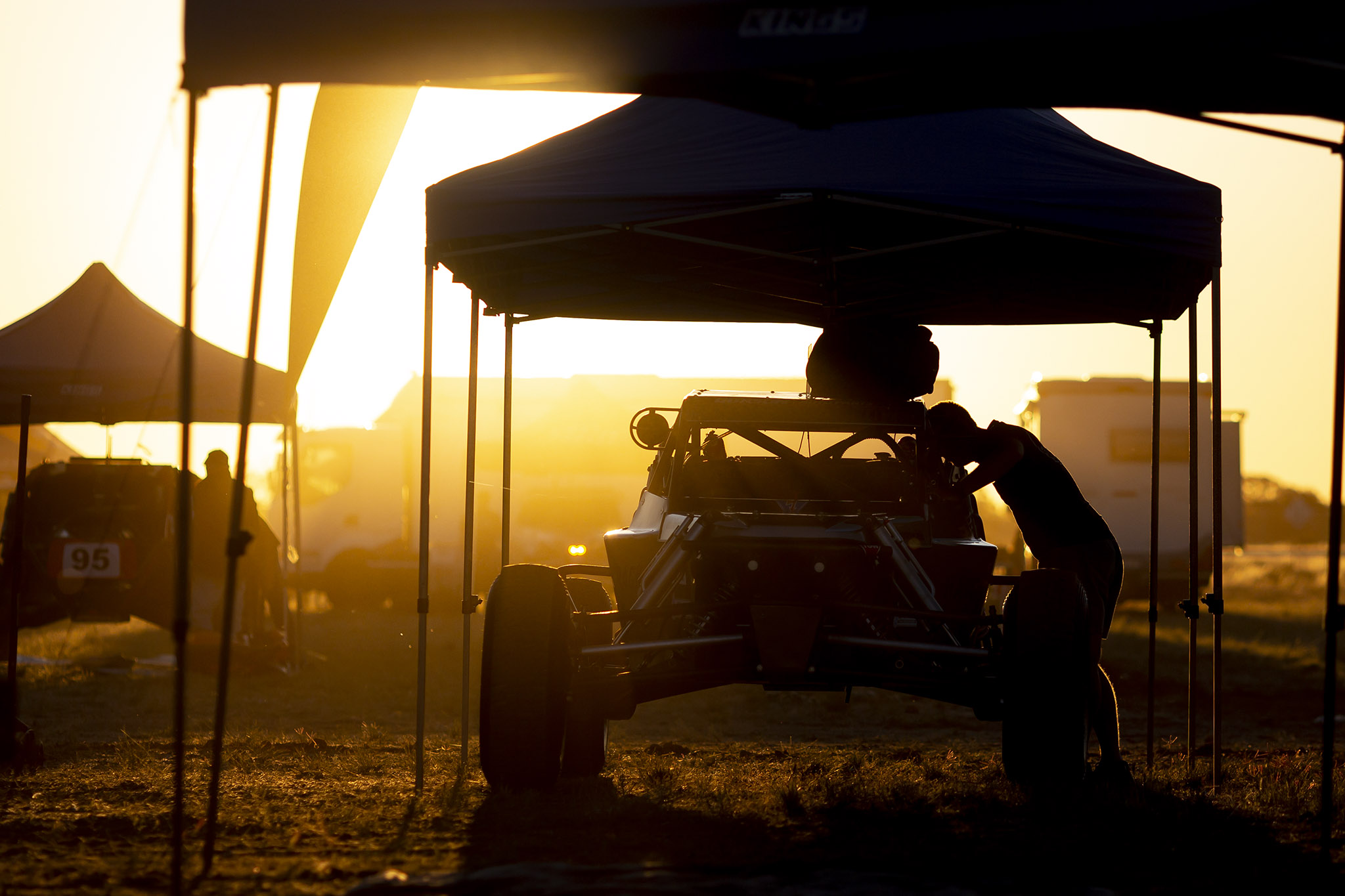All Polaris Motorsport Australia Off Road Championship (AORC) competitors will be required to self-extract from their vehicles in 10 seconds or less from 2025 and beyond, with a 15 second limit in 2024.
In line with advice from the Motorsport Australia Risk and Safety Committee, and FIA standards, the phased introduction will provide competitors with the opportunity to practice the best way to self-extract themselves from their vehicles before being tested at events.
In 2024, competitors will initially be required to self-extract in 15 seconds as part of a staged introduction of the new requirement, before the 10 second limit is mandated on 1 January 2025.
This requirement will not apply to those competitors competing in categories that already have a shorter extraction time listed in their regulations, with the lesser time taking precedence.
Motorsport Australia has implemented the requirement to ensure competitors are trained and ready if they are required to self-extricate during an emergency situation.
A number of tests were conducted at events across disciplines in 2023, with competitors tested averaging well below the 10 second requirement.
Motorsport Australia Director of Motorsport & Commercial Operations Michael Smith said the new requirements would not be overly onerous, based on the test results across the sport.
“Together with input and technical analysis conducted by our Motorsport Risk & Safety Committee, this change provides competitors with clear requirements around self-extraction with an initial 15-second limit in 2024, before transition to 10 seconds in 2025,” Smith explained.
“The ability to self-extract from a vehicle is an important part of motorsport safety in line with international guidelines being used around the world. This is important as in the event of a serious incident time is crucial. The tests conducted at events around Australia this year saw competitors average well below 10 seconds, highlighting that for most competitors this will not be a significant challenge. For example, at a state circuit racing event where competitors were tested this year, the average time of self-extraction was 8.45 seconds, and the slowest time recorded was 11 seconds.
“Like anything, the more practice competitors get at self-extraction, the better they will become. This is also something people can practice at home or at the workshop without adding any additional testing costs, as you simply need to belt yourself in wearing your full race gear and practice the best way to exit your vehicle.
“When it comes to fire and other leaks or issues, a quick self-extraction is key to surviving and minimising or preventing serious injury. Practicing self-extraction will provide some muscle memory and improved reaction times that you can rely on should you ever find yourself in an emergency situation.
“Our officials and staff will be very happy to work with those who may not initially be able to meet this goal to ensure they can understand how to meet the requirement and self-extraction requirements.”
For more information and a list of FAQ around the change via motorsport.org.au
Photo: Dan Thompson








